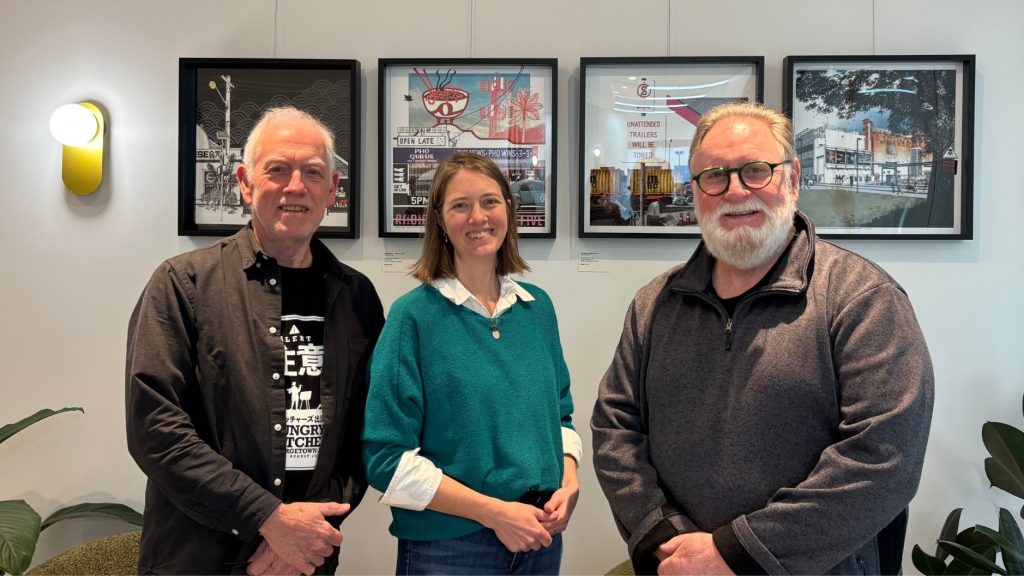Media attention is more important than ever for scaleups, with the current market for raising capital proving challenging.
According to KPMG’s latest Venture Pulse report, venture capital investment in Australia increased slightly in the first half of 2024, at $US1.4 billion. This compares to $US1.2 billion for the same period in 2023. However, investment is significantly lower than it was during the COVID-19 pandemic.
In short, founders need to find a way to stand out in their quest for investment.
It’s all about credibility
Investors and founders agree that the right kind of media exposure grows a company’s credibility.
When potential investors or strategic partners research your company, ideally you want them to find examples of positive media coverage.
The reality is potential investors will Google you and we all know news clippings will dominate the first page. We recommend you take control of this narrative; you can be in charge of what they find.
Media clippings should also be included in your pitch deck when the time comes to speak with investors. Thrown in the mix with other trust-markers, these clippings tell the story of a company that might be worth backing.
Does timing matter?
If your goal is to raise capital, timing can impact the success of a strategic PR campaign.
A campaign spread out over six to 12 months (or more) leading up to a cap raise is ideal, with positive media stories continuing to drop even as you begin meeting with investors.
“Media can definitely play a role in a successful cap raise,” Scale Investors General Partner Roo Harris said.
Harris’ job is to consider early-stage companies on behalf of Scale Investors – an emerging Funds Manager focused on maximising investor returns by investing into the best women-led startups in Australia and New Zealand.
“I would say though, you have to be careful about how it’s done. Some startups pump out a lot of media very early on when their founders really don’t have anything of substance.
“It’s not uncommon to have one of those founders come before you, and you’ve seen all the media. And then there’s almost a sense of disappointment, because you’re like, ‘All right, so you’ve got your idea, and you’re pre-MVP (minimum viable product)…’
“It’s not that you can’t do media at that point. But I just think you’ve got to take people on the journey.”
The best outcomes tend to come when ongoing media coverage reflects your progress realistically. Significant milestones that demonstrate progress are worth announcing. But it is usually OK to acknowledge some of the challenges you face as you scale.
For many innovations, particularly those with significant research and development requirements, the timeline from idea to commercial success can be a decade or more. It’s fine to explain this to a journalist and manage expectations.
Generating too much hype at the outset can lead to unhelpful expectations from potential investors, as Harris pointed out. However, it can also lead to a second stage of media coverage that is overly critical – whether warranted or otherwise, along the lines of: ‘There was this great idea, but there hasn’t been any progress so it’s probably never going to work…’
What if you’ve left it too late?
A one-off flurry of media just before a capital raise can be better than nothing. However, it engenders less trust than sustained, ongoing attention over time. Hence our recommendation to seek media six to 12 months prior to a capital raise, if possible.
Commercial benefits
Media exposure isn’t just about investors; it can also attract customers, early ambassadors or strategic partners. It can also assist if you need government grants and/or approvals – at all tiers.
Bespoken Agency worked with a circular economy business that needed to partner with local councils in order to effectively scale its operations. Our media strategy therefore targeted the local areas of interest, and publications likely to be read by council decision-makers. By the time the client began discussions with council, the decision-makers were already aware of the business and its groundbreaking technology. (The discussions then resulted in a positive outcome for our client, based on its own merits. It also resulted in government grants to secure the rights for the first Australian manufacturing plant in their catchment.)
From startup to scaleup
Most early-stage businesses find investment here in Australia. However, for larger raises, the scale of capital available in Australia sometimes doesn’t suffice. For those seeking offshore investment, it can be highly beneficial to seek media coverage in respected publications in the target region.
Climate tech, agtech and health tech are all topics that attract universal interest. The world’s most trusted publications all run features about innovations bringing hope to the world.
Should you announce your cap raise in the media?
If there are no commercial sensitivities, it can be worth announcing a successful capital raise. It might be that you have a lead investor and are looking for others to close out the round, and positive media can be helpful in this regard.
However, an announcement purely about a cap raise is usually not news in itself. The investment should be part of a larger story of your progress to date, and your plans for the future. (Having said that, there are some business columns that specialise in announcing cap raise information – but they want all of the information and every cent to be announced).
A virtuous circle
Remember, media attention isn’t a one-time event; ideally it’s an ongoing effort. Consistently engage with journalists, share your wins publicly, and contribute valuable insights through your own channels – social media and website – as well as through the media.
Ideally, you’ll create a virtuous cycle of visibility, credibility, and growth.
This is the third article in our ongoing series offering business tips for those in the impact scale-up world.
See also:
Climate Tech: Scaling and finding investment and clients internationally



